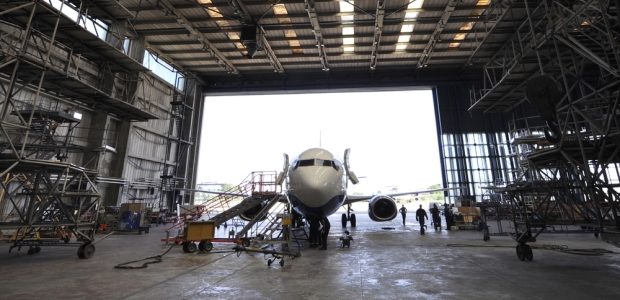
OSHA Sets Informal Hearing on Beryllium Rule
The agency published the proposed rule Aug. 7, 2015, and took comments through Nov. 5, during which the the Non-Ferrous Founders' Society requested that OSHA schedule an informal public hearing on it.
OSHA has scheduled an "informal public hearing" Feb. 29 on its proposed rule to change its existing exposure limits for occupational exposure in
general industry to beryllium and beryllium compounds. The agency published the proposed rule Aug. 7, 2015, and took comments through Nov. 5, during which the the Non-Ferrous Founders' Society requested that OSHA schedule an informal public hearing on it. Commenters also offered suggestions on a variety of topics, according to the Federal Register notice announcing the hearing.
Beryllium is an occupational respiratory hazard. It is a lightweight, strong metal used principally in the aerospace and defense industries, according to OSHA, which reports that the most common use is in beryllium-copper alloy because of its electrical and thermal conductivity, high strength and hardness, good corrosion and fatigue resistance, and nonmagnetic properties. Beryllium oxide also is an excellent heat conductor, with high strength and hardness, and acts as an electrical insulator in some applications, according to the agency's online summary page of the rulemaking.
OSHA has estimated the proposed rule will prevent 96 premature deaths each year and prevent 50 new cases of chronic beryllium disease annually once the full effects of the rule are realized.
The hearing will be held at 2 p.m. at DOL headquarters in Washington, D.C., and will continue from 9:30 a.m. to 5:00 p.m. local time on subsequent days if necessary. The address is Room N4437 A, B, C, D at the Frances Perkins Building, U.S. Department of Labor, 200 Constitution Avenue NW.
Anyone interested in appearing at the hearing must submit a notice of intention to appear by Jan. 29. Submissions must include OSHA's name and the docket number for this rulemaking, which is OSHA-H005C-2006-0870-0353. The notice of intention to appear, hearing testimony, and documentary
evidence may be submitted by visiting http://www.regulations.gov and searching for the docket number or by fax (not to exceed 10 pages, including
attachments) to the OSHA Docket Office at 202-693-1648, or by mail to the OSHA Docket Office, Docket No. OSHA-H005C-2006-0870-0353, U.S. Department of Labor, Room N-2625, 200 Constitution Avenue NW, Washington, DC 20210, phone 202-693-2350 (TTY number 877-889-5627).
OSHA requests that those submitting comments identify the funding source(s) and sponsoring organization(s) of their research; (2) the extent to which the research findings were reviewed by a potentially affected party prior to publication or submission to the docket, and identification of any such parties; and
(3) the nature of any financial relationships (e.g., consulting agreements, expert witness support, or research funding) between investigators who conducted the research and any organization(s) or entities having an interest in the rulemaking.
Individuals who request more than 10 minutes to present their oral testimony at the hearing or who will submit documentary evidence at the hearing must submit the full text of their testimony and all documentary evidence no later than Jan. 29.